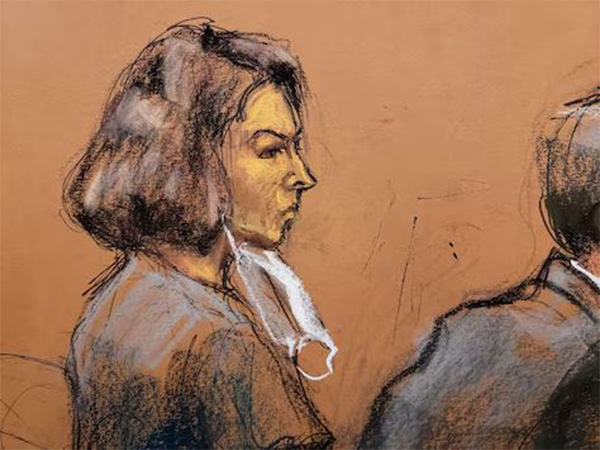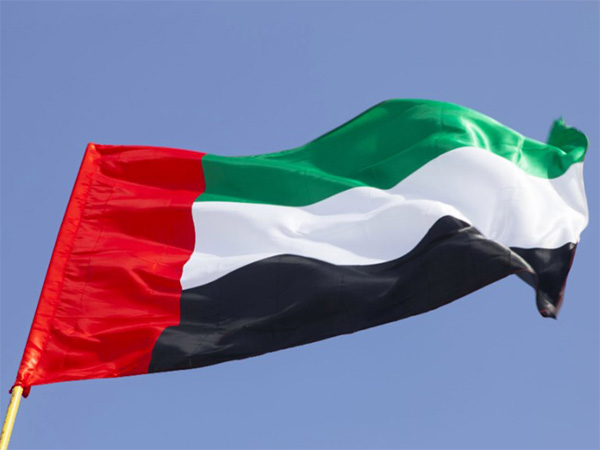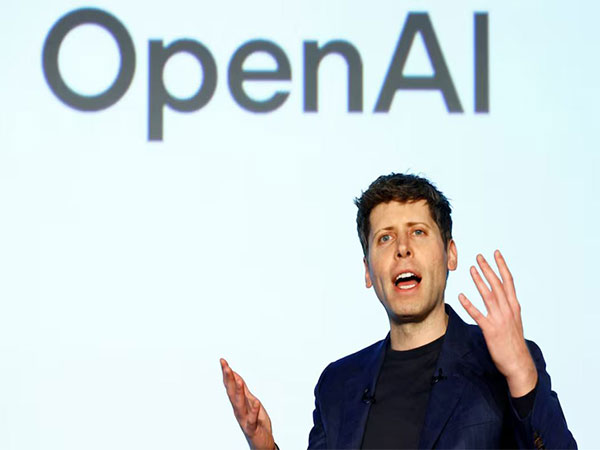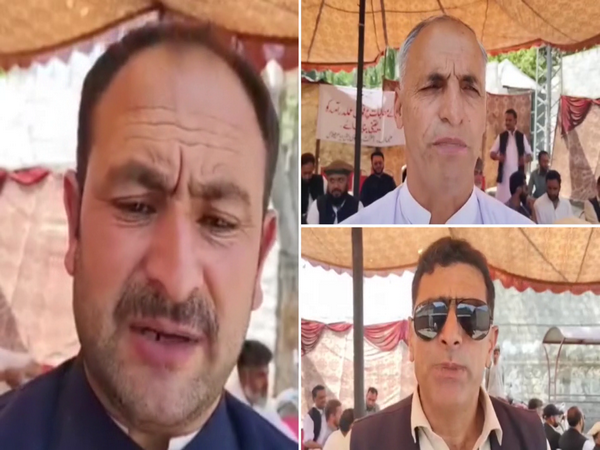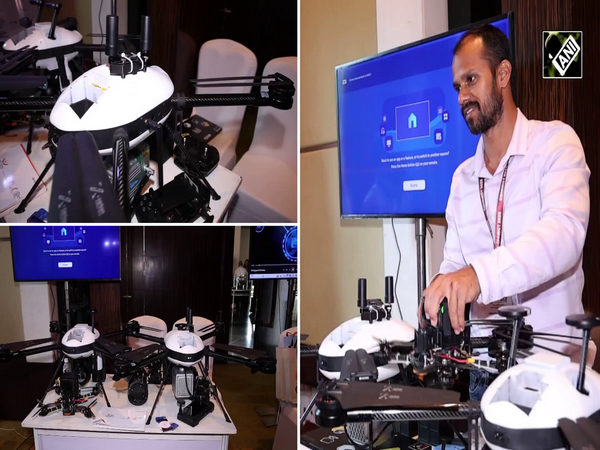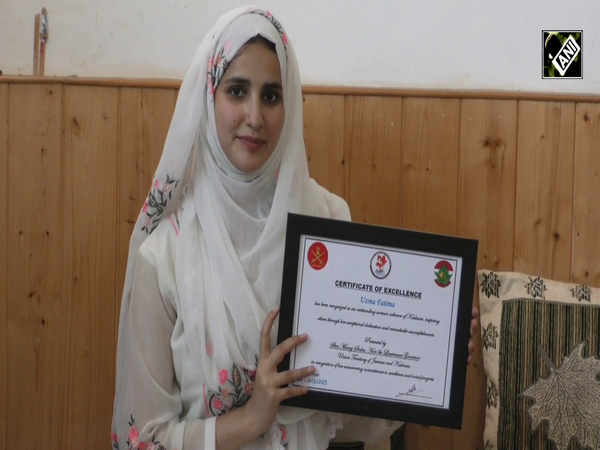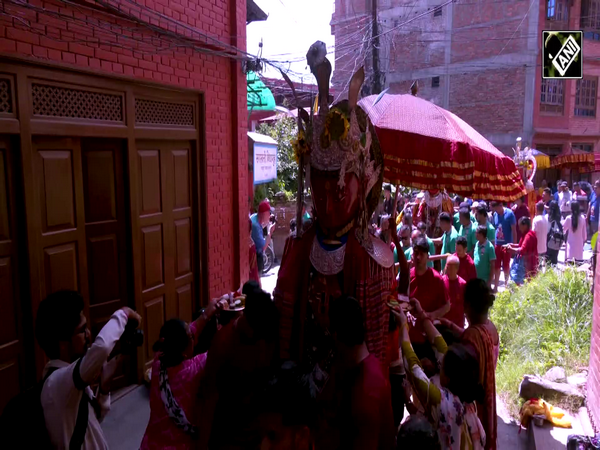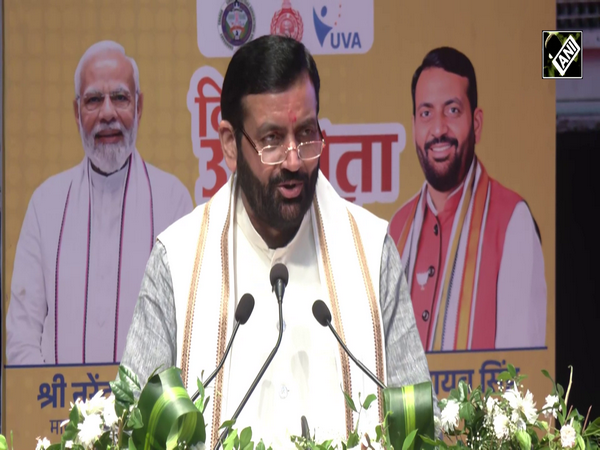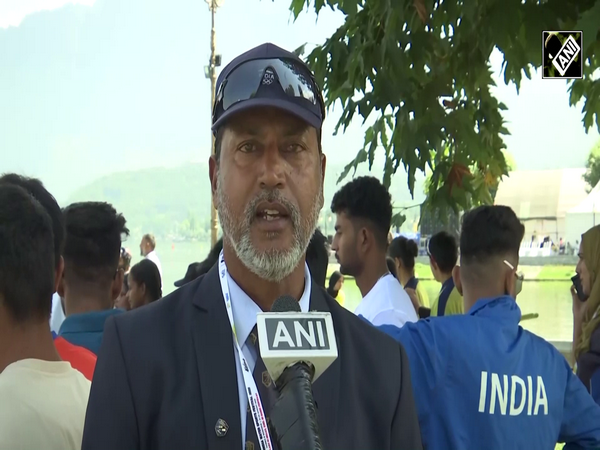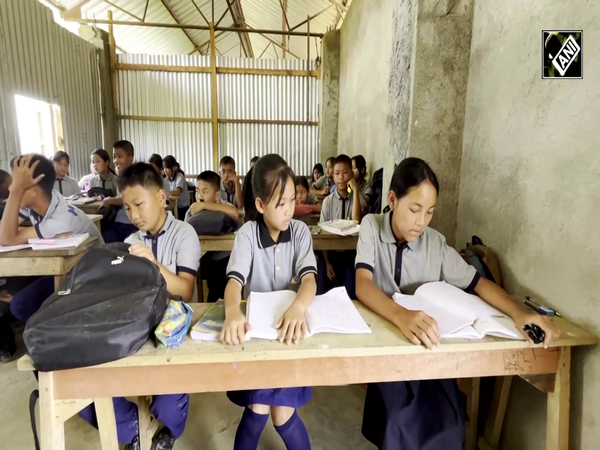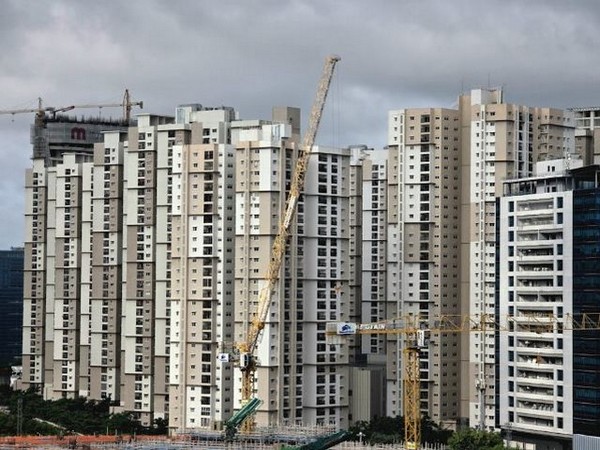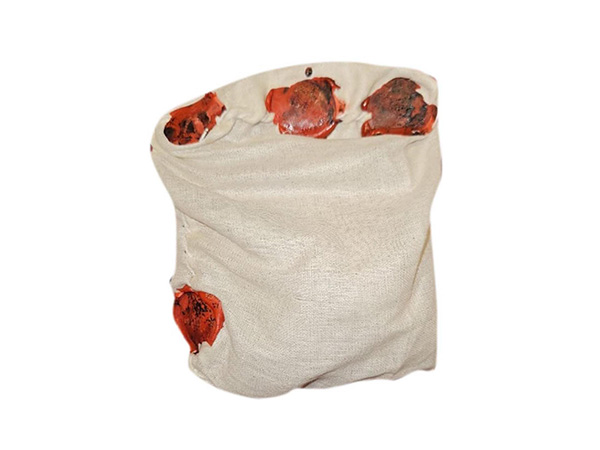
US details 'most secret and most complex military operation' targeting Iran's nuclear sites: Pentagon
Jun 27, 2025
Washington DC [US], June 27 : The Pentagon on Thursday disclosed new details about the United States' secretive bombing operation targeting three Iranian nuclear sites, highlighting the crews involved and Iran's last-minute attempts to fortify the Fordow facility, CNN reported.
In a morning briefing, Defense Secretary Pete Hegseth called the raid "the most secret and most complex military operation in history." While few specifics were provided, Joint Chiefs of Staff Chairman Gen. Dan Caine outlined how the mission was conducted and shared rare details about the personnel and technology behind it.
According to CNN, the crews that flew the 37-hour mission included both men and women, ranging from captain to colonel, drawn from the US Air Force and the Missouri Air National Guard. Most were graduates of the elite Air Force Weapons School in Nevada.
"When the crews went to work on Friday, they kissed their loved ones goodbye, not knowing when or if they'd be home," Caine said. "Late on Saturday night, their families became aware of what was happening." He added that when the bombers returned to Missouri, their families greeted them with "flags flying and tears flowing."
CNN also reported that days before the mission, Iran attempted to fortify the Fordow nuclear facility -- which is embedded deep in a mountain -- by pouring concrete over the ventilation shafts that US bombs would need to penetrate. "I won't share the specific dimensions of the concrete cap," Caine said. "But you should know that we know what the dimensions of those concrete caps were. The planners had to account for this. They accounted for everything."
Despite these adjustments, Caine stated that the 30,000-pound bunker-buster bombs used in the operation worked "as designed" and that trailing jets confirmed the weapons had functioned as intended. He also showed video footage of a bomb penetrating a bunker, with an orange glow and fireball emerging from the structure.
However, the Pentagon did not offer new intelligence to support President Donald Trump's claim that the strikes had "obliterated" Iran's nuclear program. Caine and Hegseth referred questions regarding the effectiveness of the strikes to intelligence agencies.
"We don't grade our own homework," Caine said. "The intelligence community does."
While the Fordow facility was discussed in detail, the two other targets -- Natanz and Isfahan -- were not mentioned. At Fordow, Hegseth remarked that a full assessment would require "a big shovel," noting that "no one's under there able to assess" the damage yet.
An early assessment from the Pentagon's Defense Intelligence Agency, reported by CNN and other outlets, suggested the strikes did not destroy Iran's core nuclear capabilities and might have only set them back by months. CIA Director John Ratcliffe later said the facilities were destroyed and would need to be rebuilt over several years.
During the briefing, Hegseth continued to defend Trump's characterization of the operation, stating that assessments are still underway but calling it a "historically successful attack."
Trump, responding to speculation that Iran had moved enriched uranium before the attack, said on Truth Social that vehicles seen near the site were "those of concrete workers trying to cover up the top of the shafts," and insisted "nothing was taken out of facility," CNN reported.


